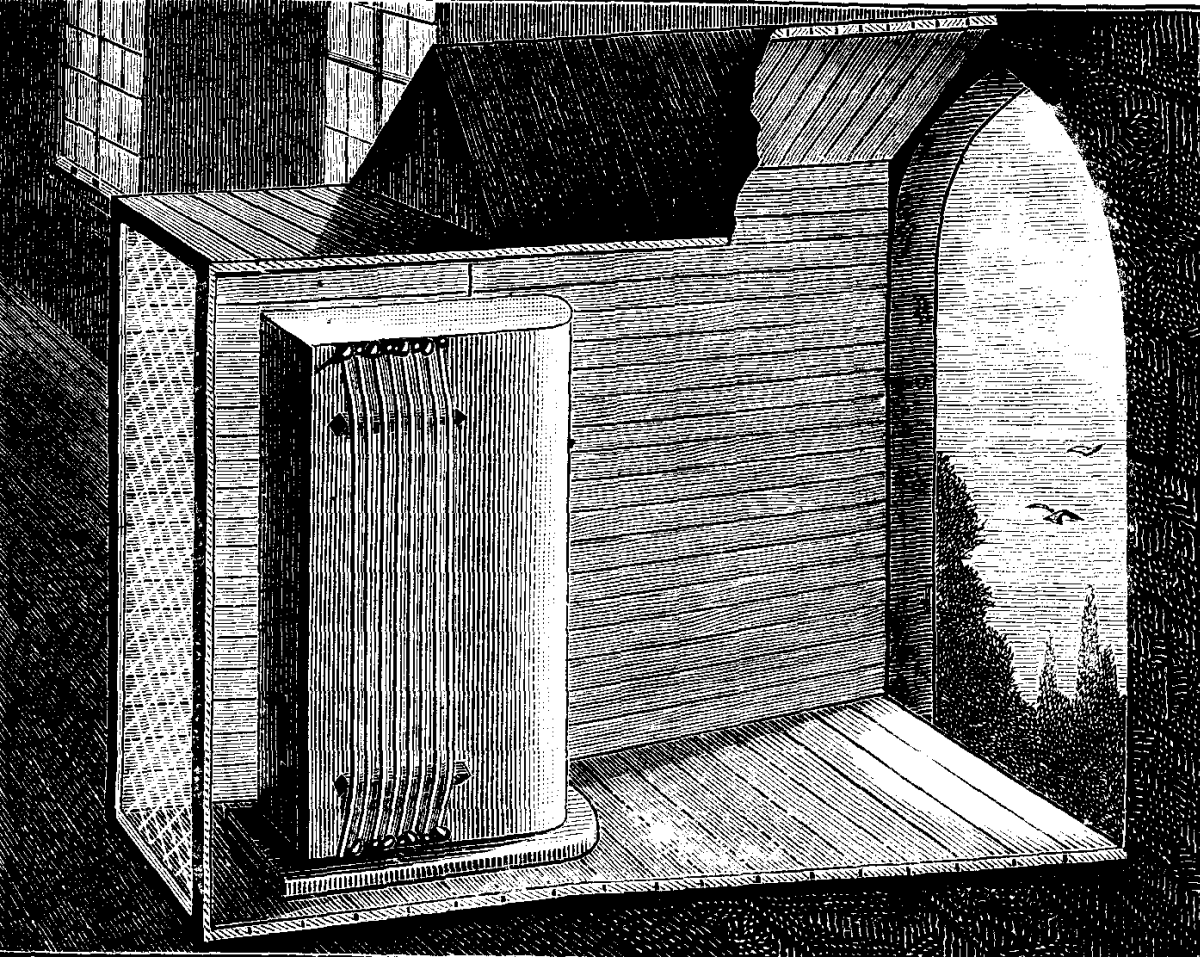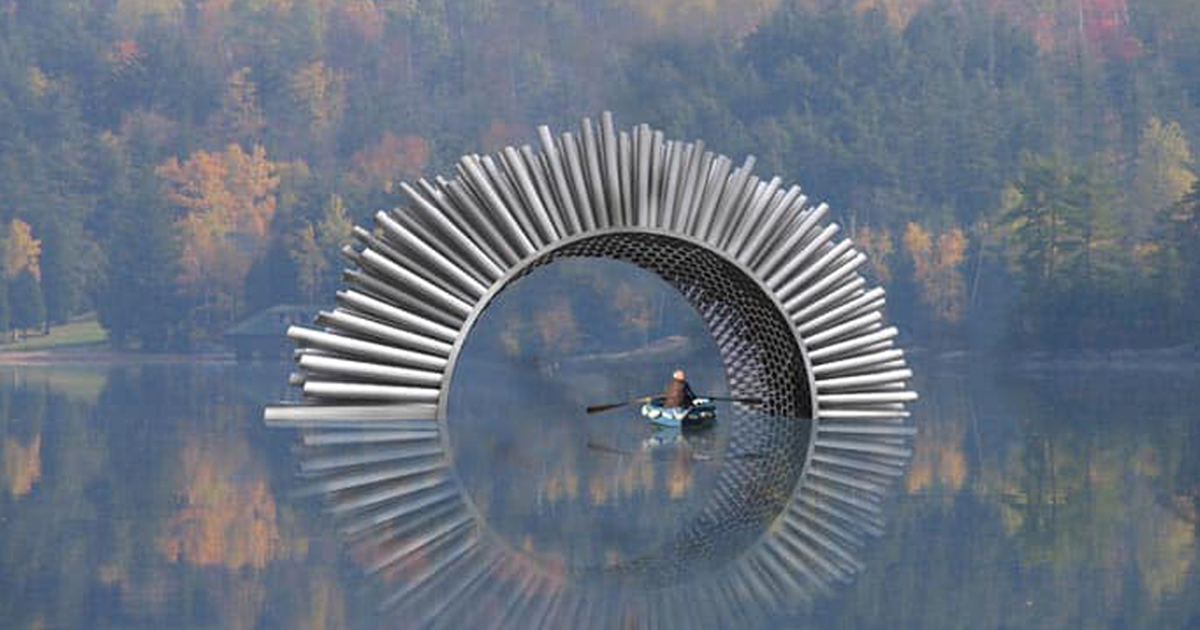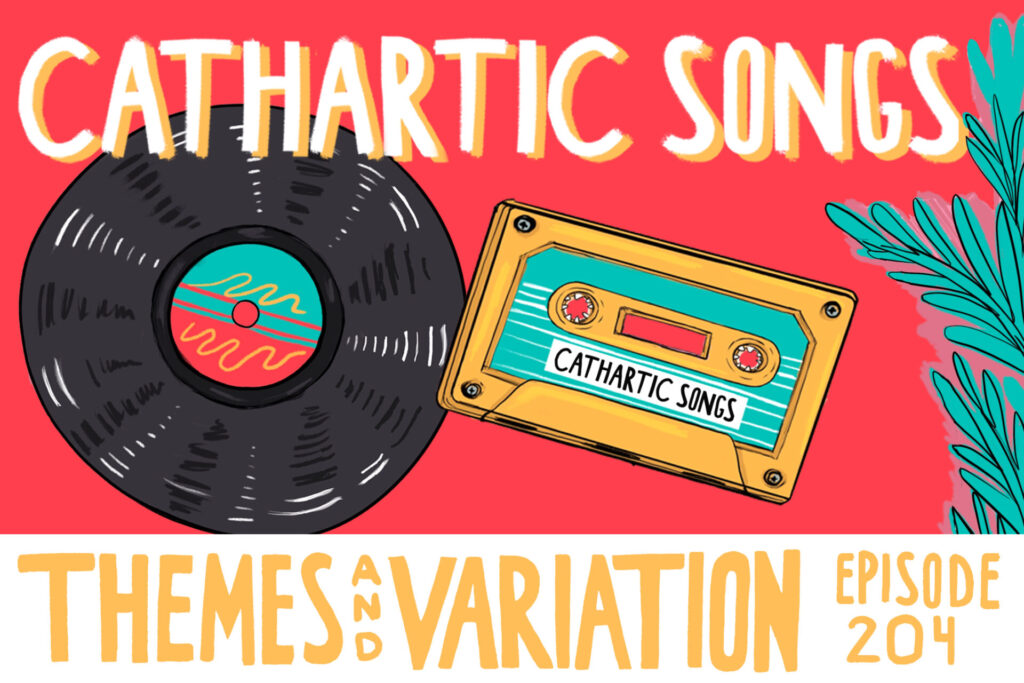
+ Welcome to Soundfly! We help curious musicians meet their goals with creative online courses. Whatever you want to learn, whenever you need to learn it. Subscribe now to start learning on the ’Fly.
If you were living in antiquity and shopping around for a comprehensive pantheon to worship you could do worse than throwing your lot in with the Ancient Greeks.
There were gods and goddesses for everything. From conventional divine responsibilities — managing the sunrise, watching over the fish, making babies — to more obscurely specific deities overseeing stuff like wine, gossip, and jealousy; which might explain why Ancient Greek myths sometimes feel like they’re not so much inspiring tales of mighty beings toying with the lives of mortals as much as they are anecdotes from the filming of Real Housewives of Mount Olympus.
Yet one of the lesser known celestial players was the god Aeolus, the god of wind. The most famous (and possibly only) story of Aeolus is in Homer’s Odyssey, when the titular hero Odysseus is gifted a big bag of wind by Aeolus to help him finally sail his ship home. (Spoiler alert: it doesn’t work).
Aside from this cameo, Aeolus would probably be relegated to the appendix of “Who’s who in heaven” if it weren’t for his name being etymologically repurposed into the contemporary adjective aeolian, which means “relating to the action of the wind,” leading us meanderingly to the subject of this article, the aeolian harp.

+ Read more on Flypaper: “Dorothy Ashby Was One Fierce Lady Pioneer of Jazz Harp.”
No Touchy Touchy…
The aeolian harp is one of the few instruments that is played without anyone touching it; the only other one I can think of is the theremin. But at least the theremin still requires human hands to make it sound. The aeolian harp goes one step further: no human is required to make it sing, just a good position in a stiff breeze.
The aeolian harp sits on the boundary of “musical instrument” and “sound sculpture” in nature. The common design is a number of strings stretched over a frame with some kind of resonating box. The harp is left outdoors in the wind, and the movement of the air over the strings causes them to vibrate and hum.
How the strings are pitched will, of course, affect the sound of the harp. A common choice is the pentatonic scale, because this scale lacks the tense tritone created between the fourth and seventh degrees of a regular diatonic scale, and since you can’t really control which strings will sound and which won’t, it might be a nice idea if the strings are naturally harmonious.
However there are many examples of accidental aeolian harps, from power lines singing in a stiff wind to the Golden Gate Bridge performing its own ode to Aeolus, and in my opinion the tuning of the strings is not as important as the timbre of the instrument itself.
The sound is quite soft and beautiful; some would say eerie (I wouldn’t). The wind causes only the harmonics of the strings to ring out, and not the fundamentals, and without any finger or pick plucking the sound to make it ring, there’s no attack, so an aeolian harp could almost be considered an auditory decoration of the very wind itself.
+ Read more on Flypaper: “An Introduction to Acoustic Harmonics and Partials.”
Make One Yourself (Many Have!)
If you’re a handy with a tool it’s not too complicated to make your own aeolian harp (I mean, apparently it’s not too complicated. Don’t ask me, I barely know which end you hold a hammer).
If you’re going to do this, you could whip up something along the traditional design of a dozen strings strung over two bridges attached to a resonating box, looking a lot like a zither.
Or alternatively you can literally just get your harp and whack it in a paddock on a windy day, like these enterprising musicians have done:
However if you’re ambitious and creative, you could take your knowledge of this acoustic phenomenon and follow in the footsteps of some prominent sculptors and build an aural monument to Aeolus.
The Aeolian Harp of Mazzano, Italy
A 20-foot tall aeolian harp modelled on the lines of the cypress trees that grow around the hamlet of Mazzano where the harp is located. It has six strings of various lengths and thicknesses held in a frame with a copper resonating chamber, all embedded in a great big whack of rock.
The Aeolian Harp at the Exploratorium in San Francisco, California
Once you’ve finished your stroll over the Golden Gate Bridge and heard the accidental aeolian harp strung across the bay, perhaps you’d like to head to the local Exploratorium and check out the on-purpose aeolian harp that’s been in the city since 1976.
On the Exploratorium’s website they explain that the “harp’s seven stretched strings are amplified at one end by large metal dishes,” but I count nine strings in that image, if not ten, so either some of those strings are just decorative or else something has gone awry in my Australian metric conversion.
The Singing Ringing Tree in Lancashire and Aeolus at Canary Wharf in London, England
Okay so this isn’t technically a “harp” since it has pipes and not strings. But I had to include the singing ringing tree because… I mean, look at it!
This amazing construction is stacks of galvanized steel pipes of various lengths layered over the top of each other and pointing in every direction. So no matter which way the wind is blowing on top of this barren hill outside Burnley in Lancashire, the Singing Ringing Tree is always singing (and ringing).
“Singing and ringing” sounds a bit jolly, since it sounds like something from an episode of Doctor Who, but this is England after all.
And speaking of England, while artist Luke Jerram’s massive, brilliant nature installations of acoustic wind pavilions, called Aeolus, are also constructed of metal tubes (such as the version he installed at Canary Wharf in London above), these pieces actually are aeolian harps since some of the tubes include strings which capture the wind and cause audible, tonal vibrations.

Get all of Soundfly’s premium online courses for a low monthly cost.
Subscribe here to get unlimited access to Soundfly’s premium course content, an invitation to join our private Slack community forum, exclusive perks from partner brands, and massive discounts on personalized mentor sessions for guided learning. Learn what you want, whenever, with total freedom.




